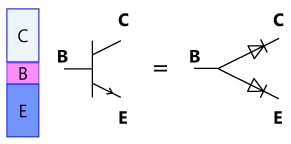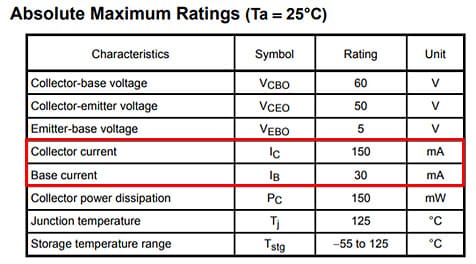- 半導體首頁
-
應用Automotive
Body Electronics
xEV
In-Vehicle Infotainment
Advanced Driver-Assistance Systems (ADAS)
Chassis
IndustrialInfrastructure
BEMS/HEMS
Factory Automation
Commercial Equipment
Consumer/PersonalIoT Equipment
Healthcare
Wearable Device
Mobile
Computer Peripherals
-
產品車用元件
Discrete Semiconductor
Diodes
電晶體
通用邏輯IC
Analog Devices
Digital Devices
Wireless Devices
※
: Products list (parametric search)
功率半導體※
: Products list (parametric search)
隔離器/固態繼電器Photocouplers
Digital Isolators
※
: Products list (parametric search)
MOSFETsIGBTs/IEGTs雙極性電晶體※
: Products list (parametric search)
Diodes※
: Products list (parametric search)
微控制器馬達驅動 ICs智能功率 ICs※
: Products list (parametric search)
電源管理 ICs線性 ICs※
: Products list (parametric search)
通用邏輯 ICs線性影像感測器其他產品其他產品
※
: Products list (parametric search)
-
開發/設計支援
開發 / 設計支援
-
技術知識
- 購買管道
- 型號 & 關鍵字搜尋
- 交叉搜尋
- 參數搜尋
- 線上庫存查詢跟購買
This webpage doesn't work with Internet Explorer. Please use the latest version of Google Chrome, Microsoft Edge, Mozilla Firefox or Safari.
型號需要超過三個文字以上 Search for multiple part numbers fromhere.
The information presented in this cross reference is based on TOSHIBA's selection criteria and should be treated as a suggestion only. Please carefully review the latest versions of all relevant information on the TOSHIBA products, including without limitation data sheets and validate all operating parameters of the TOSHIBA products to ensure that the suggested TOSHIBA products are truly compatible with your design and application.Please note that this cross reference is based on TOSHIBA's estimate of compatibility with other manufacturers' products, based on other manufacturers' published data, at the time the data was collected.TOSHIBA is not responsible for any incorrect or incomplete information. Information is subject to change at any time without notice.
型號需要超過三個文字以上
Is it OK to use a transistor as diodes?
Since a bipolar transistor is essentially two diodes, it can function as such. However, since bipolar transistors are not designed to be used as diodes, using them as diodes might cause a problem in terms of current and other ratings. For example, transistors are generally used with a base current that is less than one-tenth the required collector current. Therefore, the elements in the vicinity of the base terminal (e.g., on-chip wires and a bonding wire) are designed for this intended use, and the current ratings are specified accordingly (see Table 1). In addition, although the base-emitter and base-collector diodes look identical, the dopant concentrations in the emitter and collector regions of a bipolar transistor are quite different (nc << ne in the case of an npn transistor), causing the characteristics of the two diodes to be substantially different.
Here is an example of using the same transistor as a diode in the temperature compensation circuit for the transistor etc. Even in such a case, be sure to use transistors within the ratings specified in the datasheet. Use dedicated diodes for typical diode applications instead of bipolar transistors.




